Understanding the Difference Between Personal and Commercial Music Use Online
- ben74920
- 20 hours ago
- 3 min read

Music is woven into every corner of the internet — from TikTok trends to Instagram Reels to YouTube vlogs. But while it feels effortless to use, the rules governing who can use music, when, and for what purpose are anything but simple.
Brands frequently get caught in the crossfire, not because they intend to infringe copyright, but because they misunderstand a key distinction: the difference between personal and commercial music use online.
This misunderstanding has already cost major companies millions. As labels increase enforcement across social platforms, it’s never been more important for brands to understand what counts as “commercial use" when using music in video content, how to stay compliant, and how companies like MatchTune can facilitate the process.
Why the Distinction Matters
Music is intellectual property, and copyright law treats its use very differently depending on the context. Online platforms, rights holders, and licensing agreements all draw a sharp line between:
Personal use — content created for private, non-commercial enjoyment
Commercial use — anything tied to a brand, business, product, or paid relationship
On the surface this seems clear. In practice, it’s where most brands slip up.
What Counts as Personal Music Use?
Personal use refers to someone using music in a way that does not promote or support a business. This includes:
Posting a casual TikTok video on a personal account
Sharing vacation clips with music on Instagram
Making a YouTube vlog with no brand affiliation
Platforms often provide music libraries specifically for this category. TikTok’s “Personal Use Library” and Instagram’s audio selections fall under this umbrella. These libraries allow everyday users to attach popular songs to their posts without paying licensing fees.
But here’s the key: The permission granted by platforms rarely extends beyond personal use.
Where Personal Music Ends — and Commercial Use Begins
Commercial use starts the moment music is used to support a brand, promote a product, or drive revenue. Examples include:
Brand-owned social media posts
Paid influencer campaigns
Sponsored content
Product demos, tutorials, or behind-the-scenes videos
Any paid, boosted, or advertised social post
Agency-created assets on behalf of a client
Even if the creator posts the content on their personal account, the involvement of a brand turns it into commercial use.
This is exactly where brands like Marriott, Gymshark, and several major sports teams have run into legal trouble: they used music licensed for personal use inside marketing campaigns — or repurposed influencer videos that used personal-use tracks.
Why Platform Music Libraries Don’t Cover Brands
This is the biggest misconception in digital marketing.
TikTok, Instagram, YouTube, and Meta offer built-in music libraries, but they are not licensed for brands or advertisers. They are designed for private, user-generated content only. Once a track is used for:
A brand partnership
A paid post
A business account
A sponsored ad
A company’s social channel
…it falls outside the scope of platform licensing, and the brand must obtain permission directly from rights holders. Using the wrong track — even just a few seconds — can constitute copyright infringement.
Why Rights Holders Are Enforcing More Aggressively
Record labels and publishers now actively monitor social platforms for unauthorized music use. Their tools track metadata, audio fingerprints, and brand affiliations across:
Owned content
Influencer collaborations
Ads and boosted posts
Legacy content still live on brand accounts
The rise of short-form video has created a huge new enforcement frontier. Recent lawsuits show that rights holders are increasingly willing to pursue commercial misuse — especially when brands benefit financially or through social reach.
How Brands Can Protect Themselves
Understanding the difference between personal and commercial use is the first step.The second step is ensuring your entire content ecosystem follows the rules — including agencies and influencers.
This is where a music audit becomes essential.
A music audit can help brands:
Identify unlicensed tracks in existing content
Spot misused personal-use music from influencers
Validate music across paid campaigns
Replace or relicense at-risk tracks
Prevent future compliance issues
At MatchTune, our audit service scans every touchpoint — brand channels, influencer content, legacy posts — providing metadata and risk assessments for each track. It turns a confusing, manual process into complete visibility.
The Takeaway
The difference between personal and commercial music use isn’t just a legal technicality — it’s a major factor in copyright protection for brands.Platform libraries may make music feel universal, but commercial use requires proper licensing and clear compliance.
Brands that understand this distinction — and audit their music usage proactively — can create freely, scale confidently, and avoid the financial and reputational fallout of copyright infringement.
MatchTune helps brands navigate music rights safely, ensuring every post, ad, and campaign is licensed, compliant, and protected.

